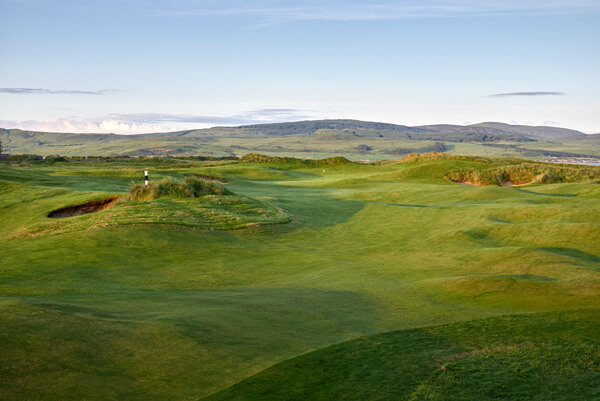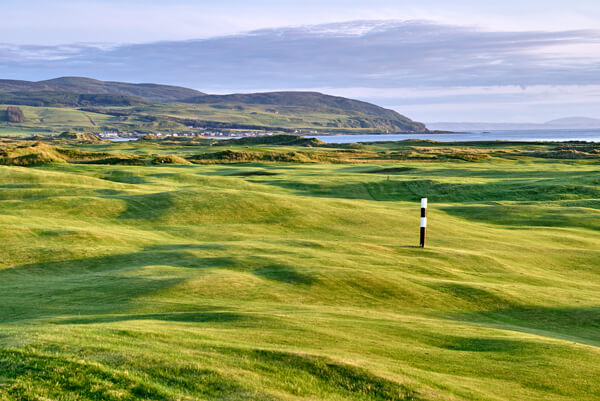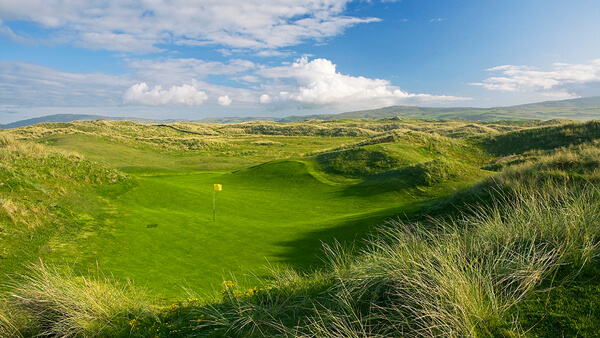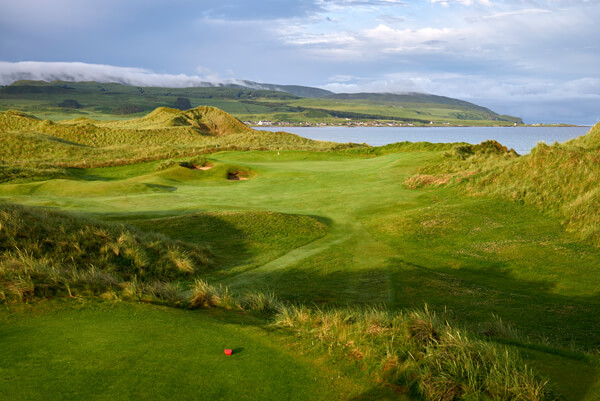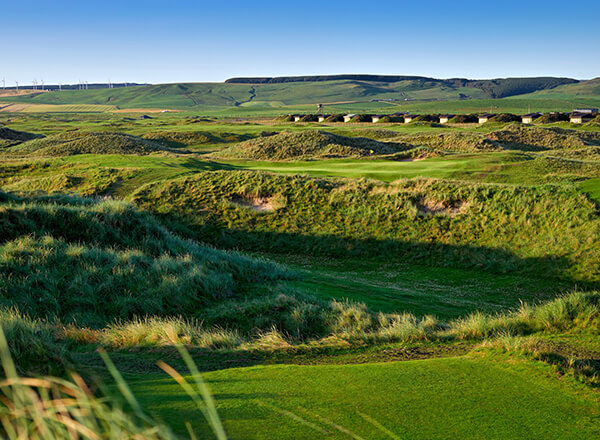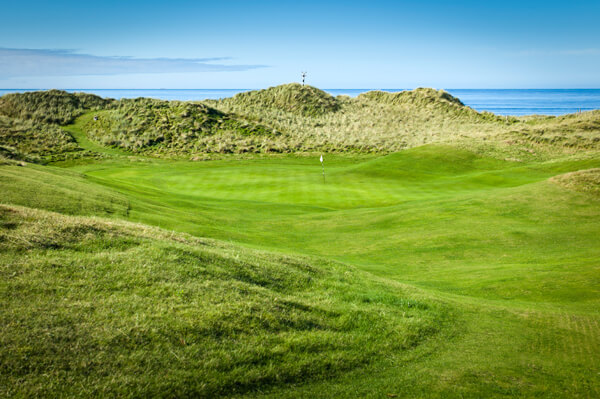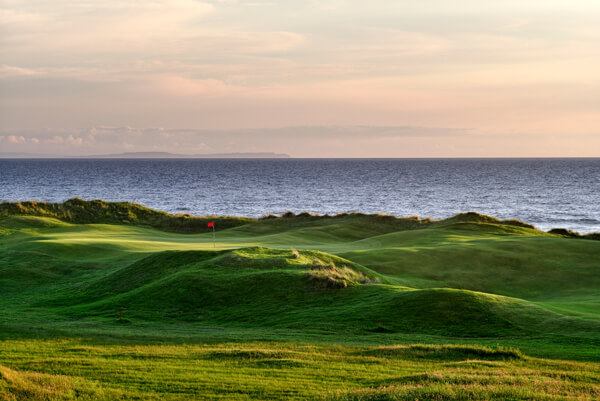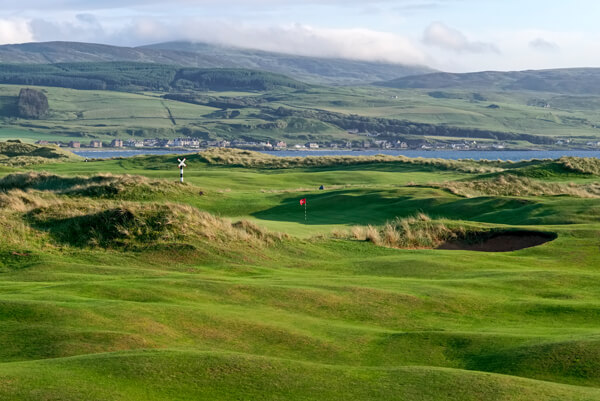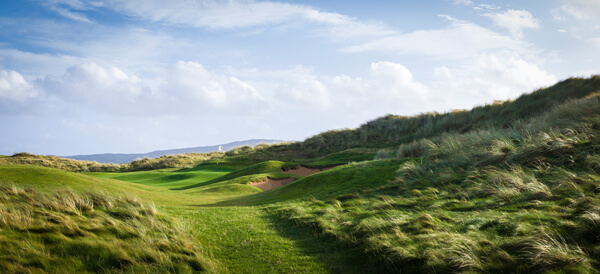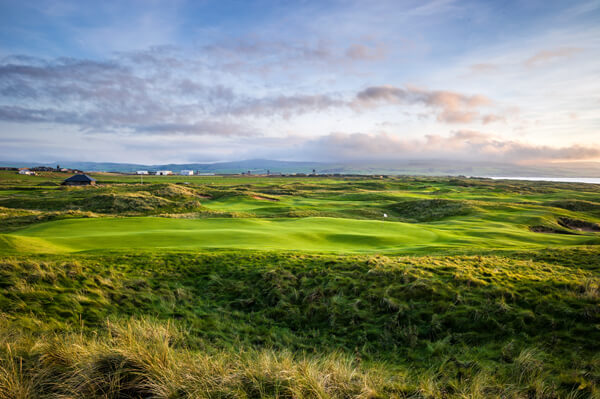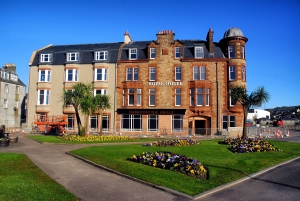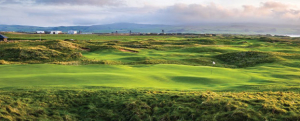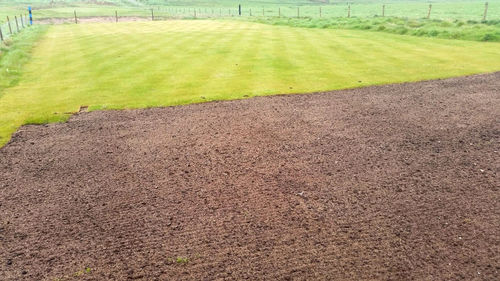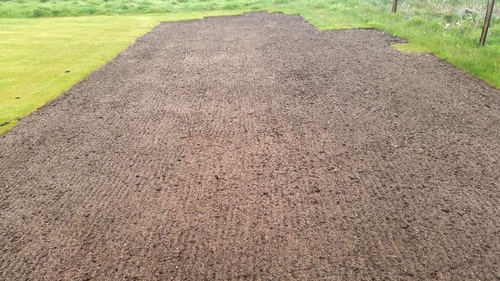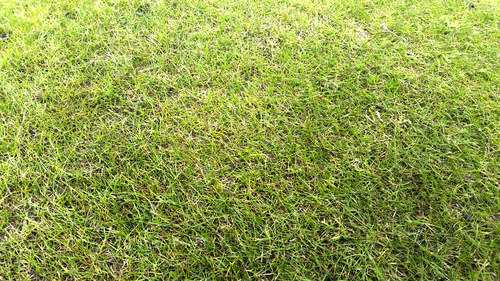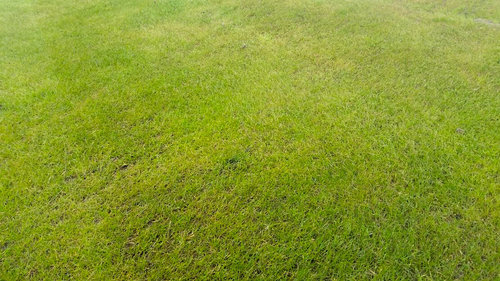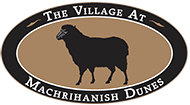Working for 15 years on a golf course with no irrigation at all gave me a keen interest in studying weather patterns. I desperately sought some kind of indication as to whether I could expect my greens to be good that year or whether I could expect them to turn into something that resembled a toasted digestive biscuit!
It was a breath of fresh air to move from Machrie to Machrihanish Dunes in 2014, and have that stress removed from my shoulders. I can tell you that at times like we are having now (6th June), it is still a joyous novelty for me to be able to type in a simple watering program on our computer and go home and leave the sprinklers and their decoders to do the work for me. Even plugging a hose into a box at the back of a green and water a green manually is a vast improvement. I didn`t even have the technology to do that in my previous life!
I don`t know whether there actually are any indicators out there that can accurately be relied upon as a forecast for a “good” or “bad” summer, but one thing I have always kept an eye on is the El Nino effect in the Pacific. This year`s El Nino was one of the strongest on record, and it is interesting that this has coincided in one of the best starts to summer we have had in many years. The last time the El Nino effect was anywhere near as pronounced was the winter of 1997, which just happened to be followed by another fantastic early summer in Scotland. The jetstream that would usually bring South Westerly winds and rain from the Atlantic does appear to be weaker when El Nino is stronger, allowing warm air to be drawn in more readily from the Azores and Continental Europe during April, May and June. Of course, this effect will soon be neutralized by that other famous Scottish weather phenomenon, “The School Holidays Effect.” As soon as the schools break up for the summer, it inevitably starts raining, and then it forgets to stop. This particular weather cycle is not impacted upon by any outside forces…it does that every year!!
Anyway, regardless of whether or not I have any right to be walking around wearing a cloak of smugness after publicly airing my El Nino theory back in February, we have been positively basking in sunshine for weeks now on the West Coast of Scotland, and the course looks brilliantly fiery as a result. We have been keeping the moisture levels up at a healthy level on the greens and we have been watering tees by hand whenever we have had the chance, but the rest of the course has a stunning golden hue at the moment and those fairways must be an absolute joy to play from. Now if we could just get the pesky rabbits to stop digging in them…
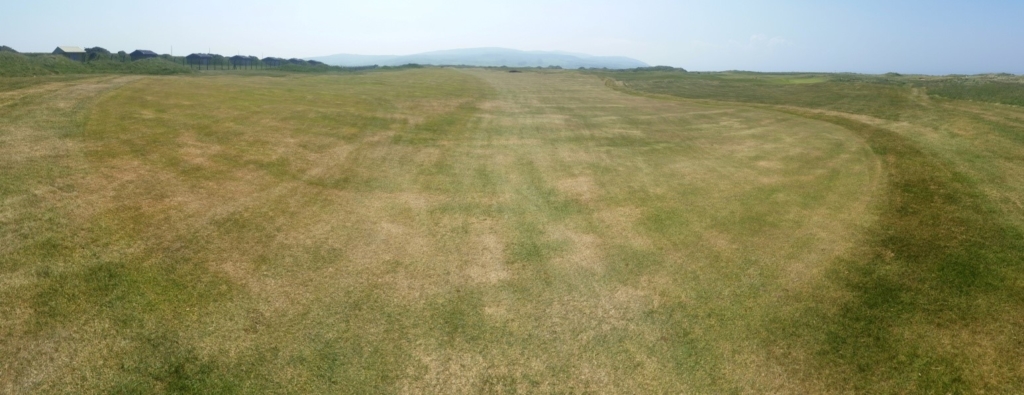
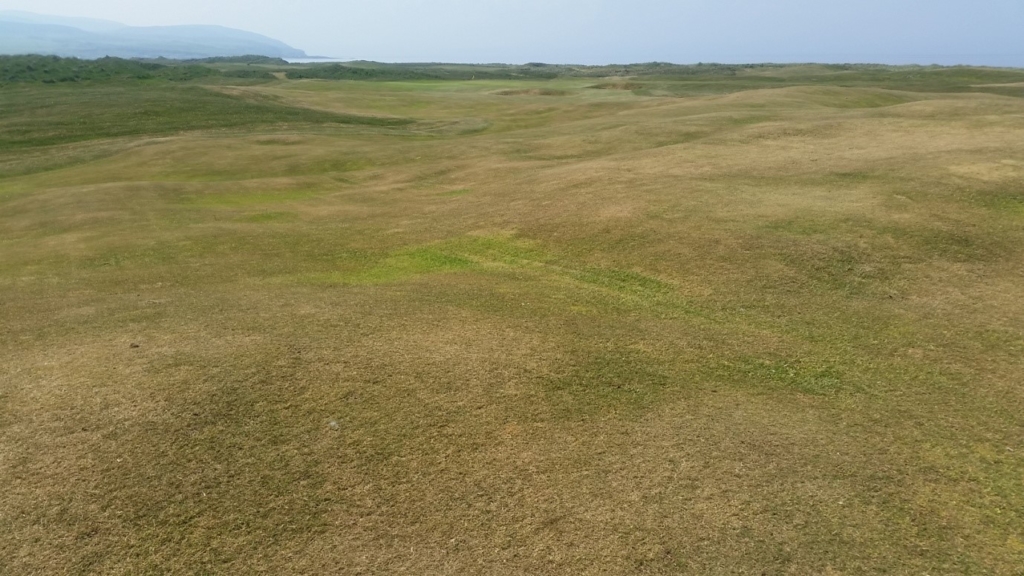
Signs Of Improvement
Much of the criticism that we receive about the layout of Machrihanish Dunes almost always relate to two issues:
- The walk between the greens and the next tees are very long.
- The signage is poor and it is difficult for the first-time visitor to work out where they are supposed to be going.
We have attempted to reduce the impact of these issues by purchasing an extensive new signage package, which is being put in place as I write this. All of the current wooden signage will be removed from the course. It has served Machrihanish Dunes well since opening day, but the fact remains that wooden signs have a limited lifespan.
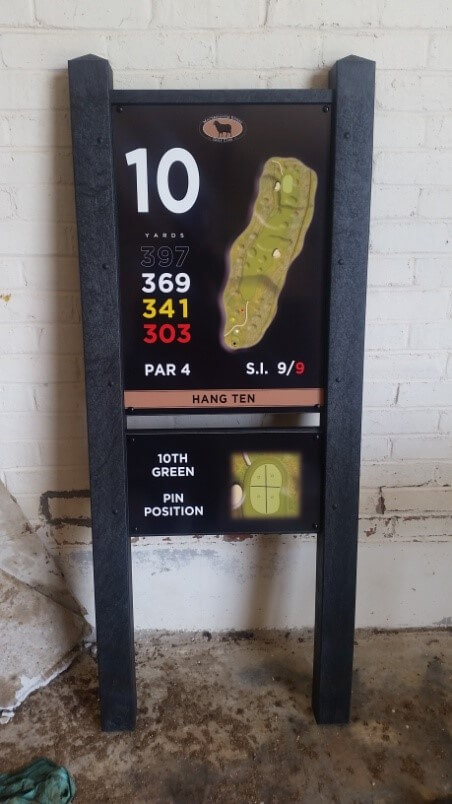
One of these map signs will be placed on the walkway between every green and tee, giving the golfer all the information they need as they approach the next hole. Providing this level of information will not only make it easier for the player to find the specific teeing area that he or she is looking for, but will also create a point of interest midway down what some people might consider to be a fairly long and boring walk. At Machrihanish Dunes there are always rare flowers and insects to look at, but we accept that not everybody is as interested in the environmental aspects of our course maintenance as we are!
How’s That Turf Nursery Coming Along?
As promised last month, we removed the remaining vegetation from the site and turned the rootzone over using a tractor-mounted rotovator, which we borrowed from the Barrs at the neighbouring farm (thanks for that!). Craig has just started this task in the picture below.
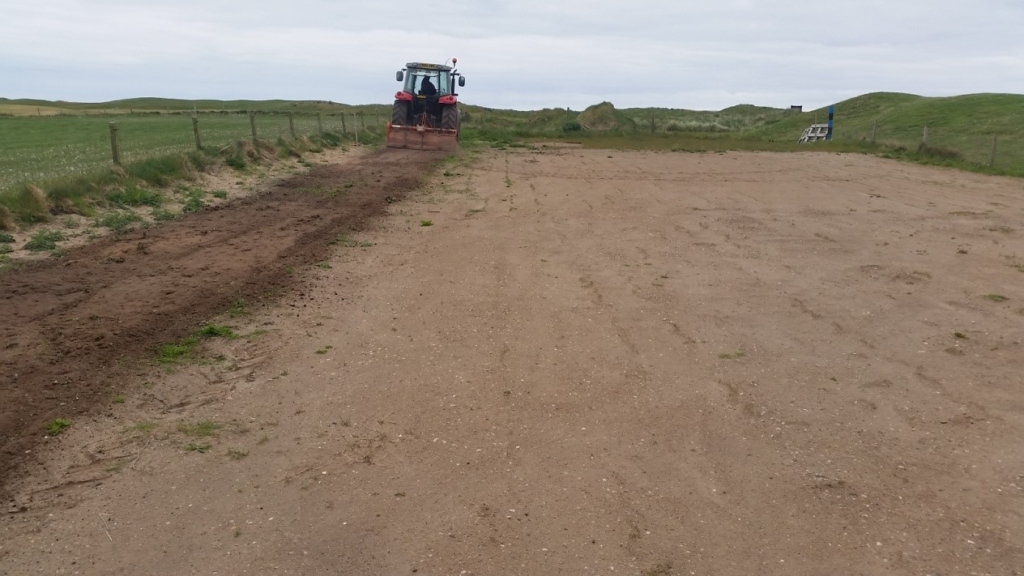
Once the rotovator had loosened everything up with two passes in a low gear, we raked and tramped the entire site until we had an even and consistent covering of soil and then we simply broadcast seed over it with a spreader, raked it in and added a pre-seeder fertiliser. In this picture you can see that I`m watering everything in once we`d finished.
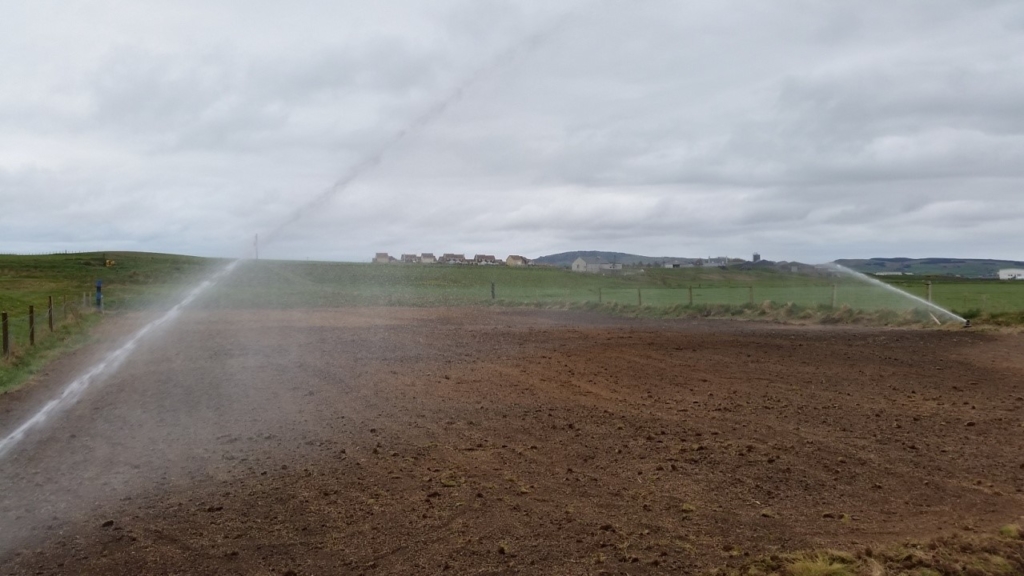
So that was 3 weeks ago. Here is what it looked like yesterday. I love it when a plan comes together! Again, though, if it wasn`t for the luxury of that irrigation system we wouldn`t have found this project nearly so easy to implement. The combination of warm, sunny weather and regular applications of water in the evening have helped this to establish in record time.
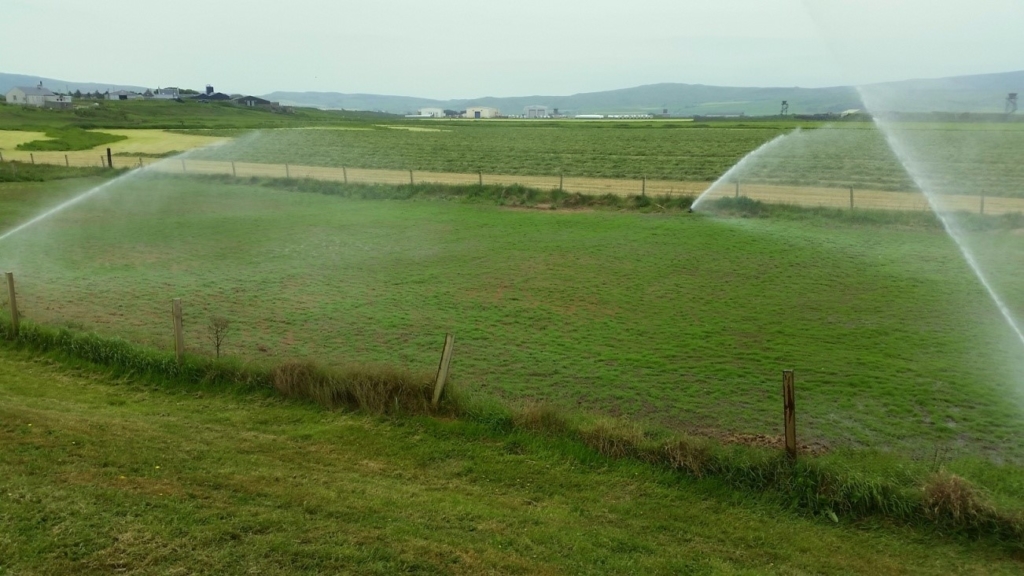
Golf Matters
This is the portion of the report when I usually remind you that we have a competition coming up…well, this month surely none of you need reminding that the Campbeltown Open is on over the weekend of the 25th/26th June. The first time as a 36-hole tournament, we are hopeful that this event will be bigger and better than ever, and we are once again running our junior “Drive, Pitch & Putt” competition in conjunction with this on the Sunday afternoon.
Junior tuition from qualified PGA professionals will be available for free at specified times throughout the weekend, so if you have children who are keen to play or to improve their game then Campbeltown Open weekend is a great time to bring them to Machrihanish Dunes for some coaching and a lot of fun.
For information on any of these events, or to book a tee time for the Campbeltown Open, please just phone Lorna or Peter at the Golf House on 01586810058 or click below.
Campbletown Open Details Junior Chip, Putt, and Drive Details Register Today
Enjoy your golf in June, hopefully the El Nino effect (or whatever it actually is that is driving this summer) will ensure that the sun keeps shining for you long into the school holidays!
Simon Freeman
Head Greenkeeper
Mach Dunes Golf Club
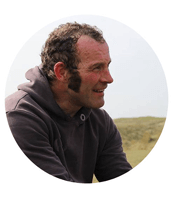
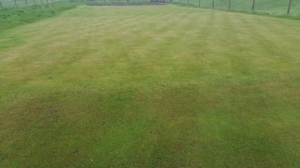
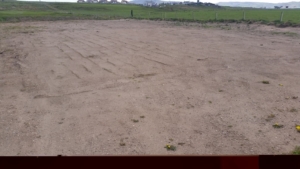
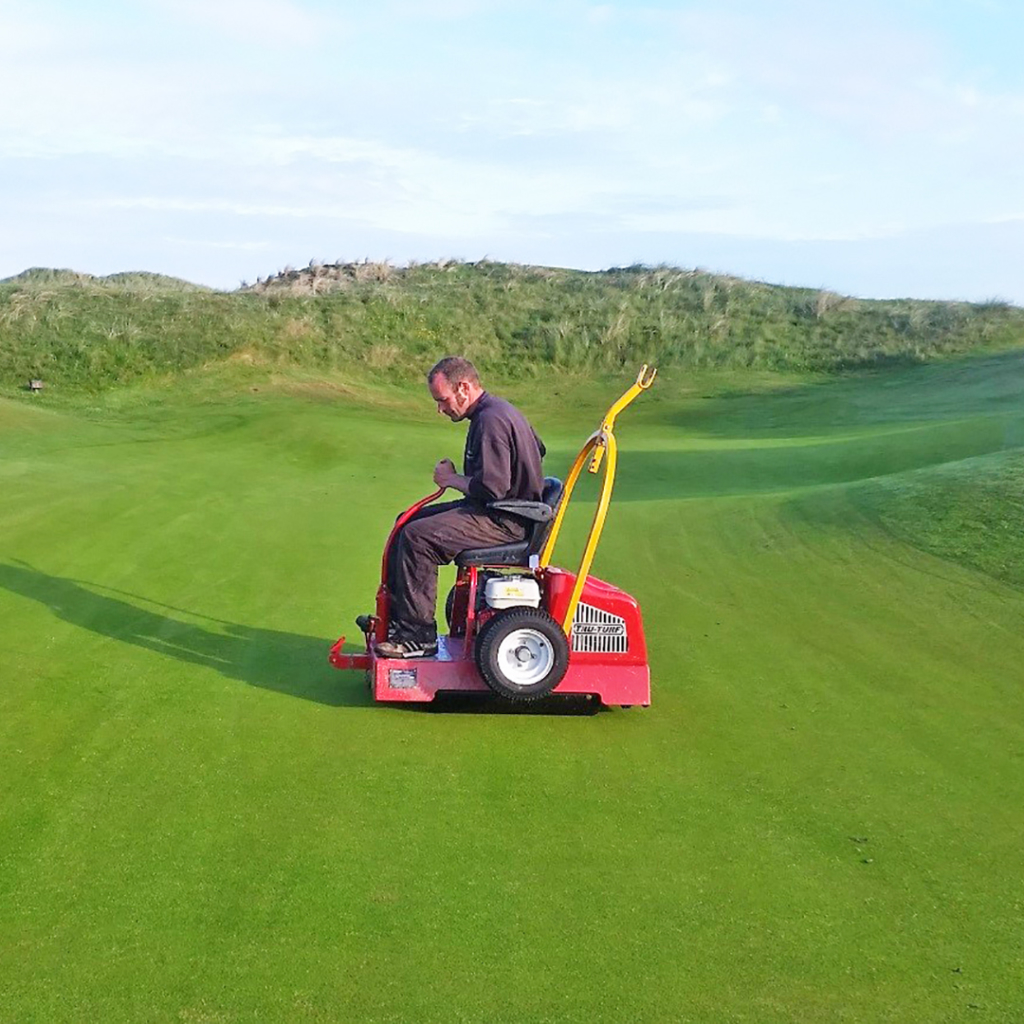
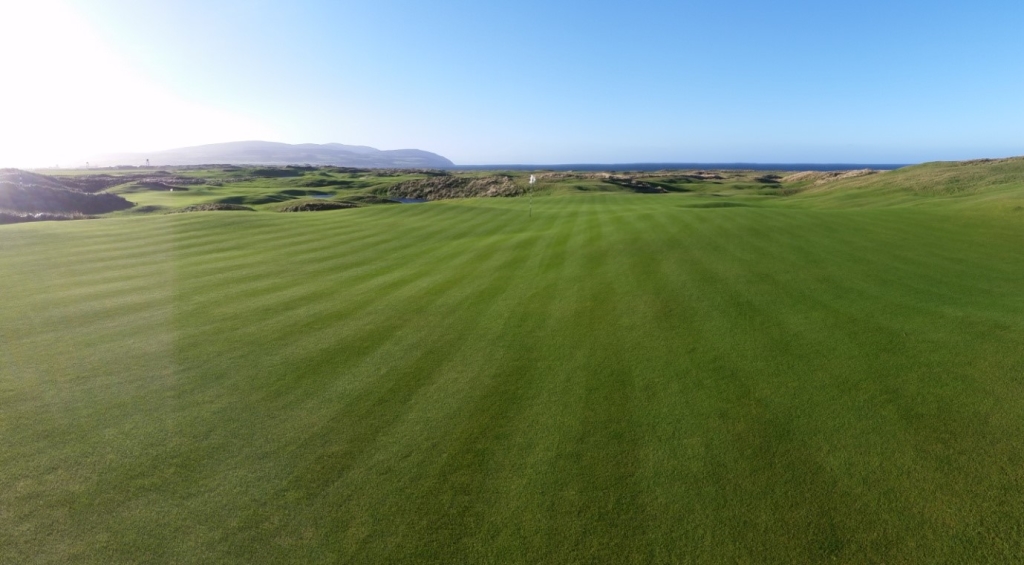
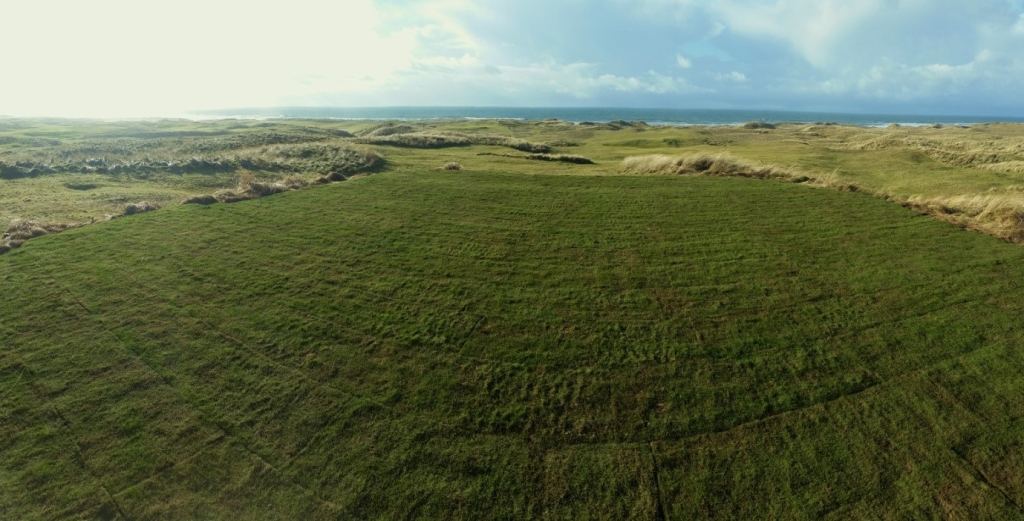

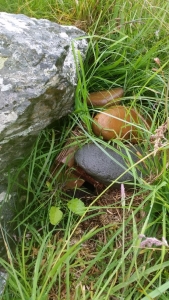


 In common with all courses on the West Coast of Scotland our surfaces contain a mixture of different grasses, and while we maintain them in order to favour the perennial species of fescue and bentgrass that provide optimum playing conditions and also happen to be the least expensive and troublesome to maintain, it is almost impossible to disregard the percentage of annual meadow grass, Yorkshire fog and even perennial ryegrass which is guaranteed to be present in sportsturf which is presented in such a wet climate at what is an aggressively short height of cut.
In common with all courses on the West Coast of Scotland our surfaces contain a mixture of different grasses, and while we maintain them in order to favour the perennial species of fescue and bentgrass that provide optimum playing conditions and also happen to be the least expensive and troublesome to maintain, it is almost impossible to disregard the percentage of annual meadow grass, Yorkshire fog and even perennial ryegrass which is guaranteed to be present in sportsturf which is presented in such a wet climate at what is an aggressively short height of cut.